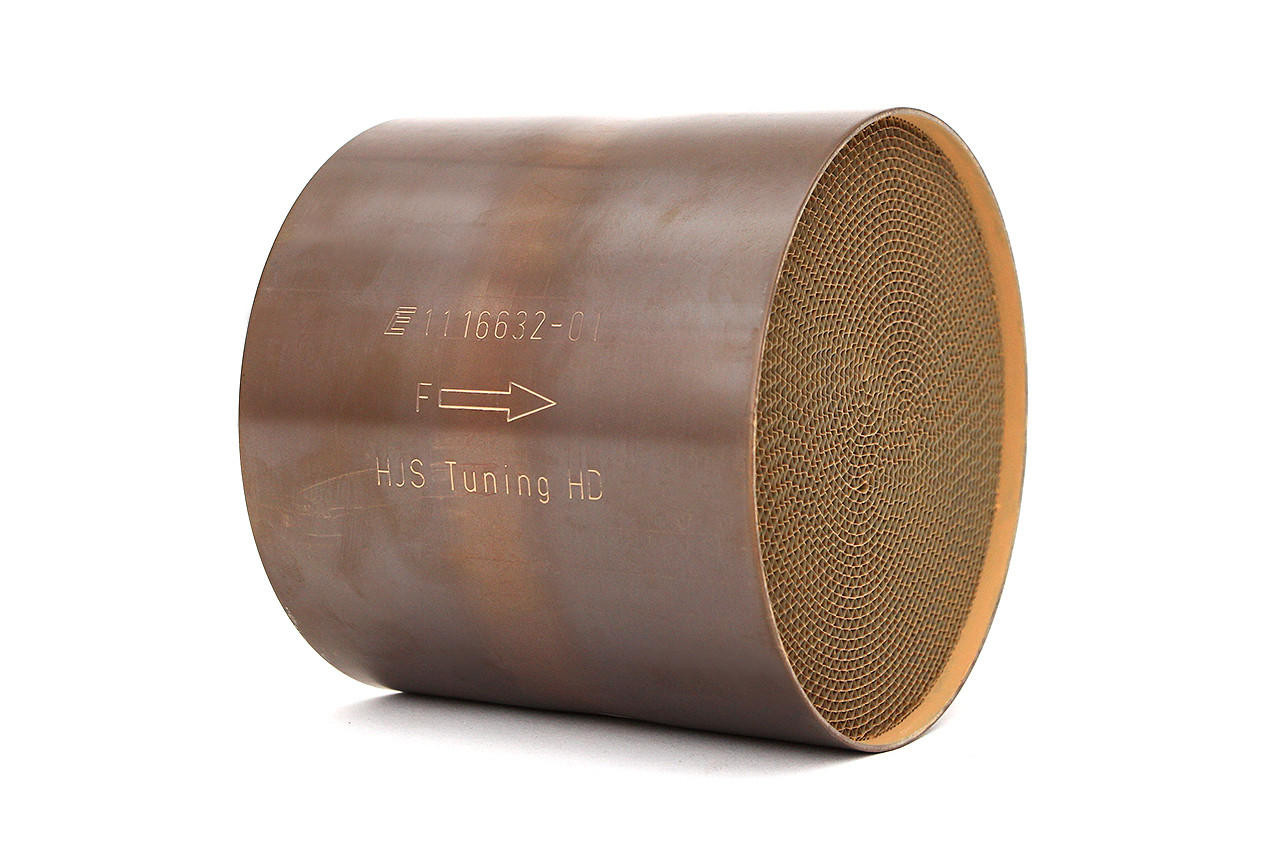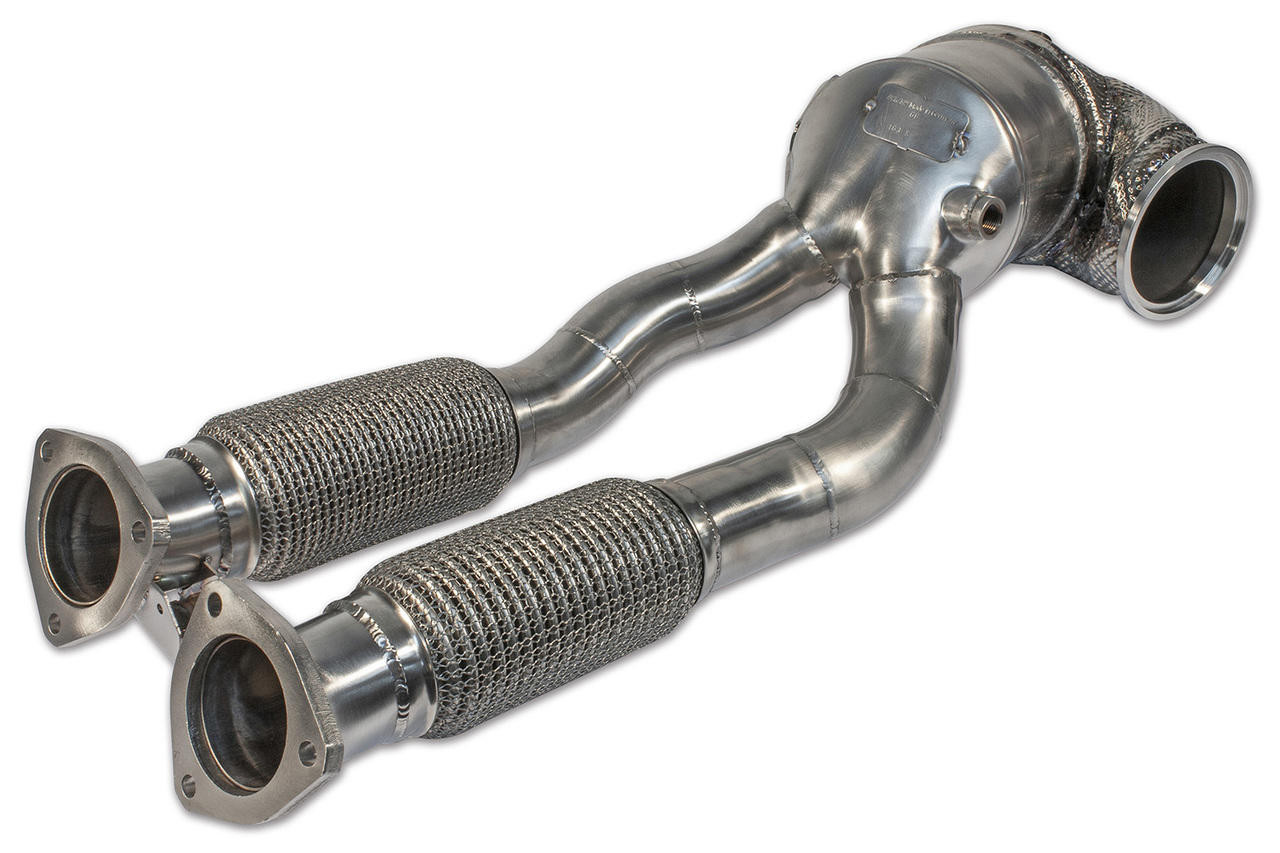HJS German Emitec Imported Catalytic Converters

Fabspeed Motorsport offers the full range of German Imported HJS Tuning Catalytic Converters and weld in Catalyst Cores. Fabspeed Motorsport is the exclusive HJS distributor for North America, including the United States (USA), Canada, and Mexico.
Fabspeed Motorsport USA is pleased and proud to announce that HJS German EMITEC tri-metallic catalytic converters cores in all Fabspeed street and race applications comply with United States EPA standards for approval. For over 20 years Fabspeed has been chosen to be the Exclusive Importer dealer distributors for the HJS Emissions systems European certified European homologated catalytic converters. The HJS German catalytic converters comply and meet USA EPA standards for approval.
Why aren't all catalytic converters are created equal?
Simply put, modern catalytic converters serve to remove harmful pollutants created by internal combustion engines. They convert carbon monoxide (CO), hydrocarbons (HC), and nitrogen oxides (NOx) into carbon dioxide (CO2), nitrogen (N2) and water (H2O). To do this, OEM manufacturers install them into the exhaust system, typically very close to the engine. They are made of either ceramic or metal and Their honeycomb construction ensures a maximum surface area. The surface area is important because the conversion of the pollutants is triggered by a coating that is applied to the matrix structure in the catalytic converter (cat). This coating is made up of expensive precious metals.
What is the benefit of changing to an aftermarket cat?
The design and composition of standard catalytic converters are often a compromise between production costs and cleaning performance to the detriment of flow and durability, especially under high-performance conditions. If you make the honeycomb structure tighter, you have more surface area and you can use less precious metals during coating which is a much cheaper alternative. However, a tighter honeycomb structure is more restrictive to exhaust flow and reduces performance. The density of the structure is referred to as Cells Per Square Inch (CPSI). Another benefit is durability. Most OEMs use ceramic cats. Just like ceramic mugs, they have a high heat tolerance but are prone to cracking due to vibration on very high horsepower applications. The alternative is a metal core, which has much higher durability.
Introducing German Made HJS Catalytic Converters
Because of these challenges, we at Fabspeed Motorsport USA sought to find the best catalytic converters possible. Before HJS we would see issues with aftermarket catalytic converters melting and falling apart on high horsepower applications like McLarens and Porsche GT2’s. We also saw many check engine lights from catalyst inefficiency codes, which means the cats were not effectively cleaning the pollutants from the exhaust gas. We also struggled to find cats that were a large enough diameter to support 500+ horsepower applications. Similar to an air filter, a larger diameter cat will flow better. 12 years ago, we established a relationship with HJS Motorsport Tuning in Menden Germany. They appointed Fabspeed as their exclusive North and South American distributor.
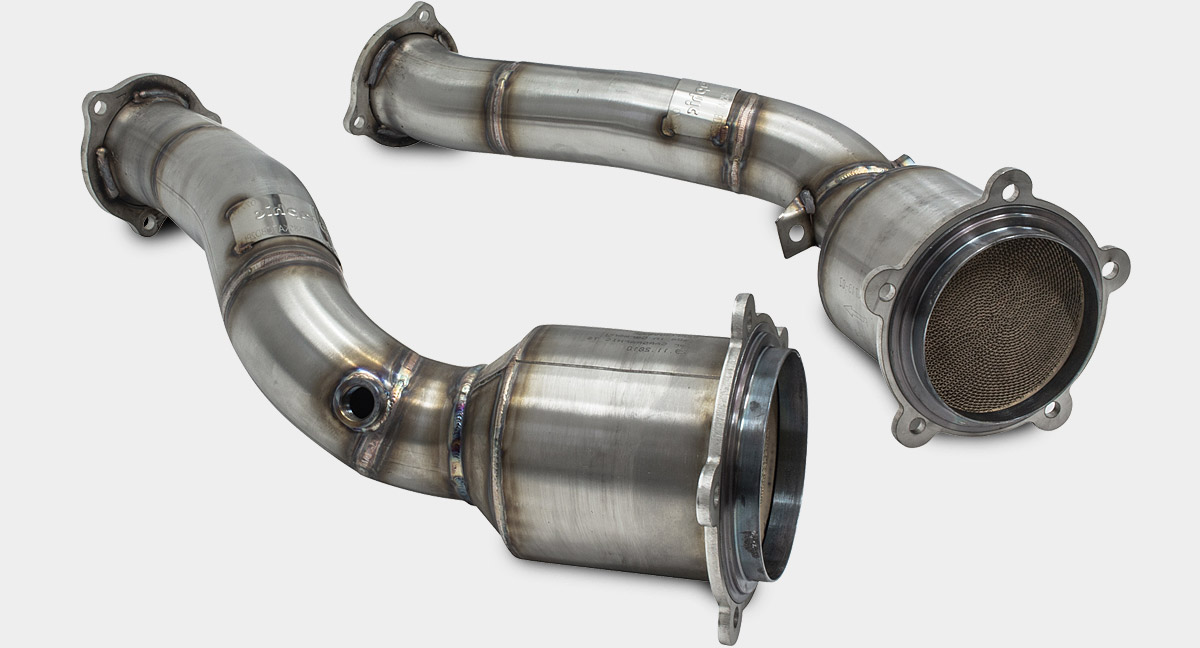
1. High-quality Coatings
Typical aftermarket and OEM catalytic converters have a very thin layer of precious metals because of how expensive they are (Rhodium is 4200 USD per ounce). Because of the dense 700-800 cell count on OEM cats, this is not an issue, and the exhaust is cleaned effectively. However, on aftermarket 200-cell catalytic converters, there is not enough surface area for the weak coating to do its job, thus triggering a CEL for a catalytic converter inefficiency code and contributing to more pollution.
In stark contrast, HJS Motorsport catalytic converters are coated with much higher quality T38 coating - with almost 4 times the amount of precious metals, consisting of Platinum, Palladium, and Rhodium. This ensures that we can use a high-flowing 200-cell cat and not have issues with CEL’s or emissions. We guarantee all of our Catted products do NOT cause a CEL.
This High-quality coating also has a much longer lifespan. Every cat will wear out over time, but our HJS catalytic converters will last much longer, which is why we can offer an industry-leading 5-year warranty on our catalytic converter cores.

2. Metallic Triple Wound Core
The average OEM cat uses a square ceramic core, which is brittle and restrictive. The average metallic aftermarket high-flow cat uses a single-wound metal core. Single wound cores are prone to “unraveling” and failing, due to how a single wind places stress on the center joint. For these reasons, HJS Motorsport has designed a unique triple wound structure, with much higher strength than anything else available. This structure is not only stronger but more free flowing.
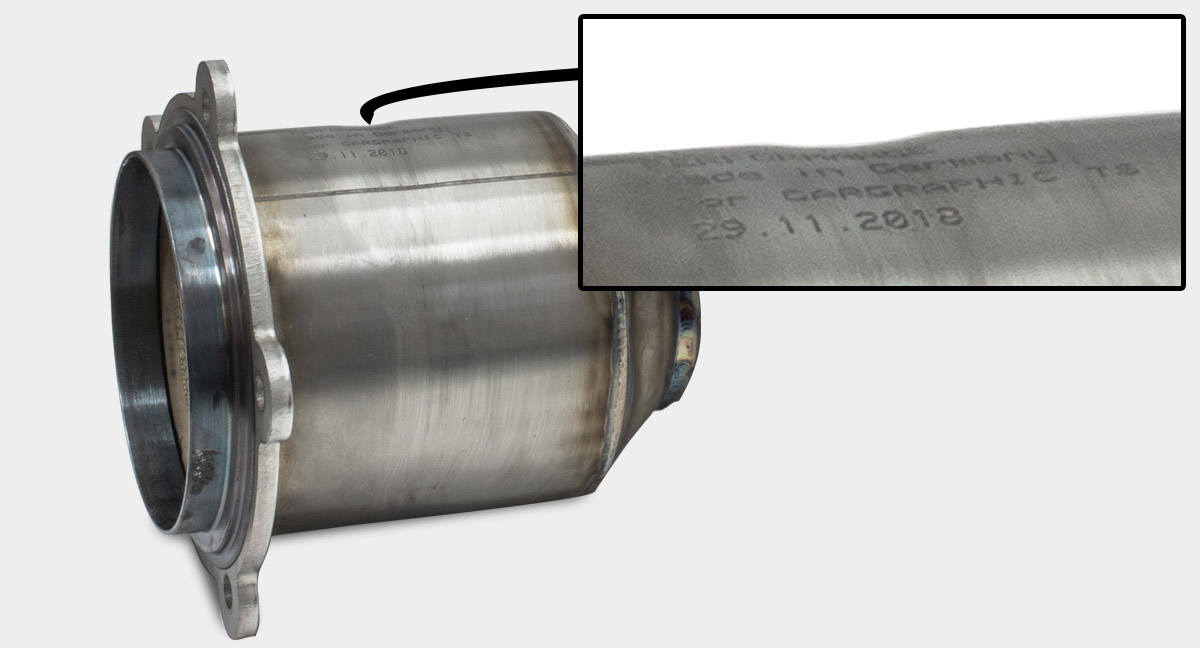
3. Radial Groove
Another unique innovation by HJS Motorsports is the radial groove they implement in the outer jacket. This groove prevents any movement of the wound metallic structure under high exhaust pressure and thus increases its longevity.

4.Bigger is Better
Another key factor of an exhaust's flow through a catalytic converter is it's size. This is often overlooked by aftermarket companies selling “high-flow” cats. Much like an air filter, a larger catalytic converter will flow more exhaust than a smaller one. That is why we use very large-diameter cats when compared to most other companies. Another benefit of a larger cat is that it has a greater surface area to help scrub pollutants from the exhaust gasses. More surface area also means more longevity because the precious metal coating has less work to do. The greater flow also reduces temperatures in the catalytic converter which helps with longevity. Of course, the cat must be within a specific temperature range for the precious metals to “light off” and cause the chemical reaction with the exhaust gasses and clean them. This is why every exhaust at Fabspeed is designed as a complete system, taking into account HP, exhaust flow, and proper operating temps. Using larger cats contributes to the material cost of a catted product. This is where the age-old adage of “you get what you pay for” comes into play, and it could not be any more relevant than this example.
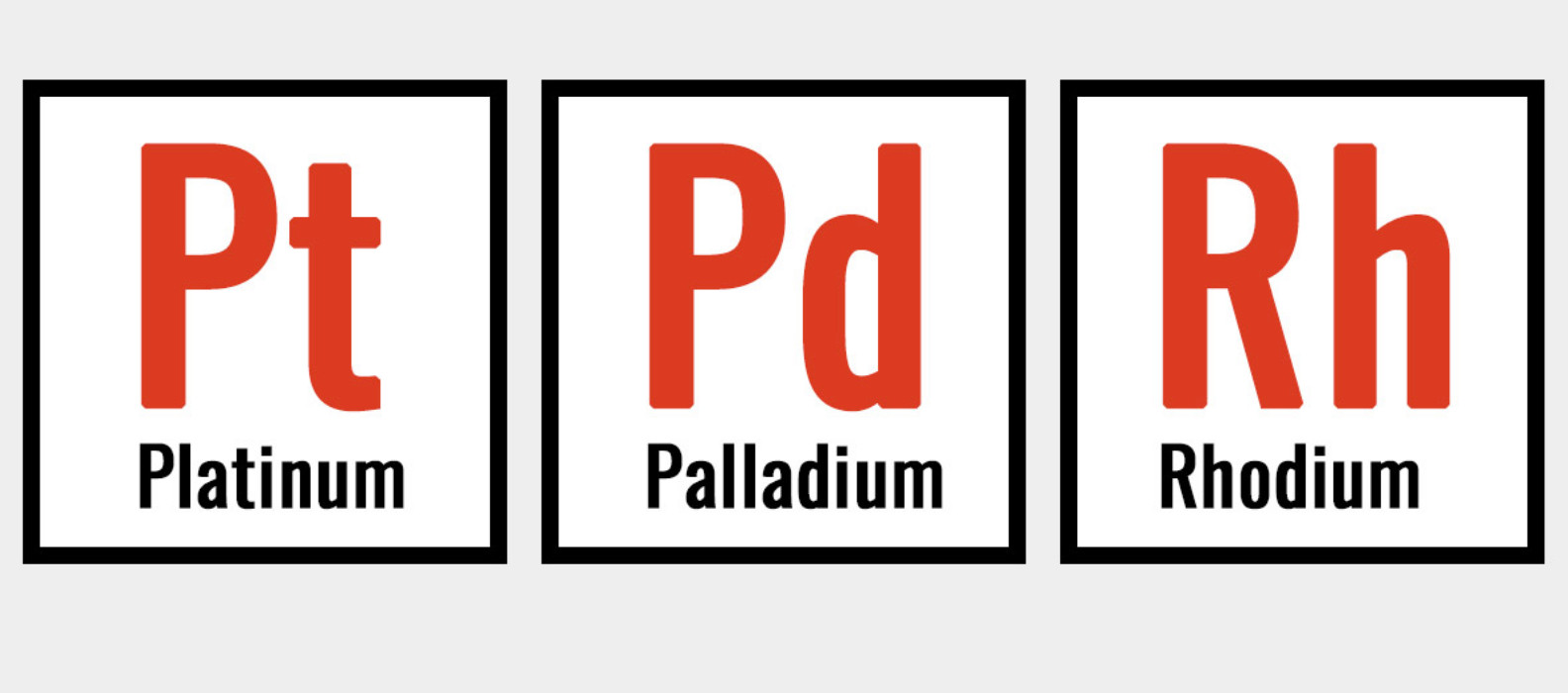

 Canada
Canada
 Euro
Euro
 Australia
Australia
 Pound
Pound
 Peso
Peso
 Singapore
Singapore
 Bahraini Dinar
Bahraini Dinar
 Malaysian Ringgit
Malaysian Ringgit
 Qatar
Qatar
 Russian Ruble
Russian Ruble


